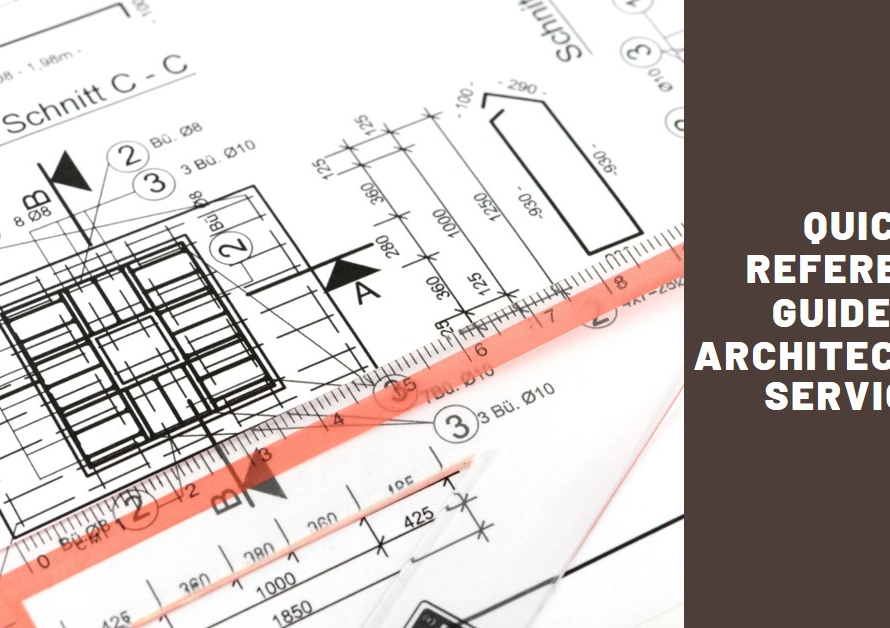
Table of Contents
Introduction:
Welcome to Minneapolis, where the skyline is a canvas of architectural marvels, each structure telling a story of innovation, resilience, and aesthetic beauty. In this blog post, we embark on a captivating journey through the heart of the city, uncovering its most iconic buildings and landmarks. From historic gems to modern masterpieces, Minneapolis boasts a diverse tapestry of architectural styles that reflect its rich cultural heritage and progressive spirit.
Gateway to the City: The Foshay Tower
Standing tall as a beacon of the city’s prosperity, the Foshay Tower is a testament to Minneapolis’s rise as a major economic hub in the early 20th century. Designed by renowned architect Wilbur Foshay, this Art Deco skyscraper was completed in 1929 and served as a symbol of ambition and innovation during a time of rapid urban development. Ascend to the observation deck for panoramic views of the cityscape, where the Mississippi River meanders through a landscape dotted with modern skyscrapers and historic landmarks.
Timeless Elegance: The Minneapolis Institute of Art
Nestled amidst lush gardens and landscaped grounds, the Minneapolis Institute of Art stands as a sanctuary of culture and creativity. Designed by McKim, Mead & White in the Beaux-Arts style, this museum showcases a diverse collection of over 90,000 artworks spanning centuries and continents. From ancient Egyptian artifacts to contemporary masterpieces, every corner of the museum beckons visitors to embark on a journey through the annals of human history and artistic expression.
Bridging the Past and Present: Stone Arch Bridge
Spanning the mighty Mississippi River, the Stone Arch Bridge is a symbol of Minneapolis’s industrial heritage and engineering prowess. Constructed in 1883 by James J. Hill’s Great Northern Railway, this limestone and granite bridge served as a vital link for transporting goods and passengers across the river. Today, it stands as a pedestrian-friendly thoroughfare, offering breathtaking views of the city skyline and the majestic St. Anthony Falls.
Flour Power: Mill City Museum
Located on the historic Mississippi riverfront, the Mill City Museum pays homage to Minneapolis’s flour milling heritage. Housed within the ruins of the Washburn “A” Mill, once the largest flour mill in the world, this museum offers a captivating journey through the city’s industrial past. Explore interactive exhibits, witness the power of the mighty waterfalls, and ascend to the observation deck for a bird’s-eye view of the milling district and its iconic landmarks.
A Symphony of Glass and Steel: IDS Center
Rising 57 stories above the bustling streets of downtown Minneapolis, the IDS Center commands attention with its sleek lines and reflective glass facade. Designed by architect Philip Johnson, this modernist skyscraper has been a defining feature of the city’s skyline since its completion in 1972. Step inside the atrium to marvel at the soaring ceilings and intricate glasswork, or take a ride to the top for unrivaled views of the urban landscape below.


Scandinavian Charm: American Swedish Institute
Tucked away in the charming neighborhood of Phillips West, the American Swedish Institute is a cultural oasis celebrating the shared heritage of Sweden and the United States. Housed within the historic Turnblad Mansion, a masterpiece of Tudor Revival architecture, this museum offers a glimpse into the lives of Swedish immigrants and their enduring legacy in Minnesota. Explore the ornate interiors, stroll through the manicured gardens, and indulge in traditional Nordic cuisine at the onsite cafe.
Sustainable Innovation: The Guthrie Theater
Perched along the banks of the Mississippi River, the Guthrie Theater is more than just a venue for world-class performances—it’s a symbol of sustainable design and artistic ingenuity. Designed by French architect Jean Nouvel, this contemporary theater complex features a striking blue facade and a bold, cantilevered form that commands attention from every angle. Step inside to experience the state-of-the-art facilities and immerse yourself in the vibrant arts scene that defines Minneapolis’s cultural identity.
Skyline Icon: Target Field
Home to the Minnesota Twins and a beacon of sporting excellence, Target Field is not just a stadium—it’s an architectural marvel that seamlessly blends modern amenities with timeless design principles. Designed by Populous and built in 2010, this open-air ballpark offers stunning views of the downtown skyline and the surrounding North Loop neighborhood. Whether you’re cheering on the home team or simply soaking in the atmosphere, a visit to Target Field is an essential part of the Minneapolis experience.
The Future of Urban Living: Nicollet Mall
As Minneapolis continues to evolve and grow, Nicollet Mall stands as a visionary example of urban revitalization and pedestrian-friendly design. Stretching for 12 blocks through the heart of downtown, this iconic thoroughfare boasts tree-lined promenades, outdoor cafes, and vibrant public art installations. Whether you’re shopping at upscale boutiques, dining at world-class restaurants, or simply taking a leisurely stroll, Nicollet Mall offers a dynamic urban experience that reflects the city’s commitment to sustainability and innovation.
Conclusion:
From historic landmarks to cutting-edge skyscrapers, Minneapolis’s architectural marvels are a testament to the city’s rich heritage and forward-thinking spirit. Whether you’re a history buff, an art enthusiast, or simply a curious traveler, there’s no shortage of wonders to explore in this vibrant metropolis. So lace up your walking shoes, grab your camera, and embark on a journey through the heart of Minneapolis—you never know what treasures you might discover along the way.


